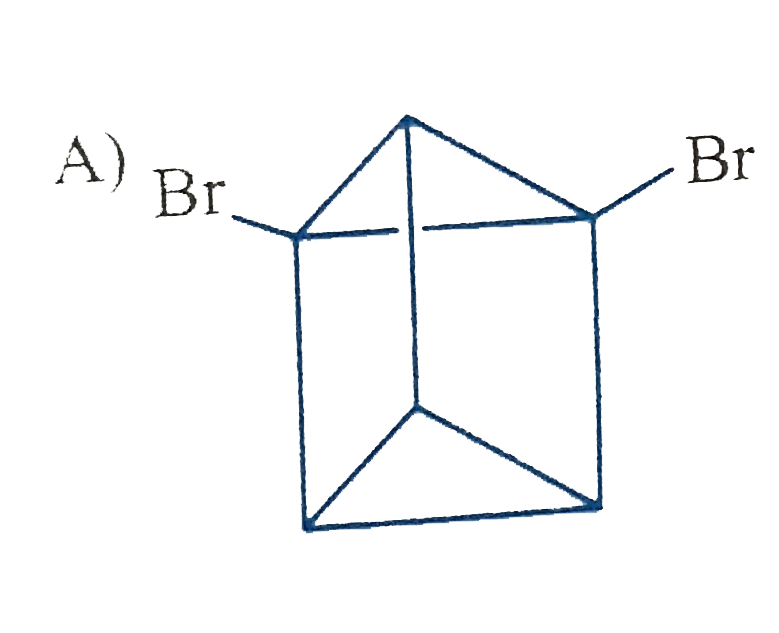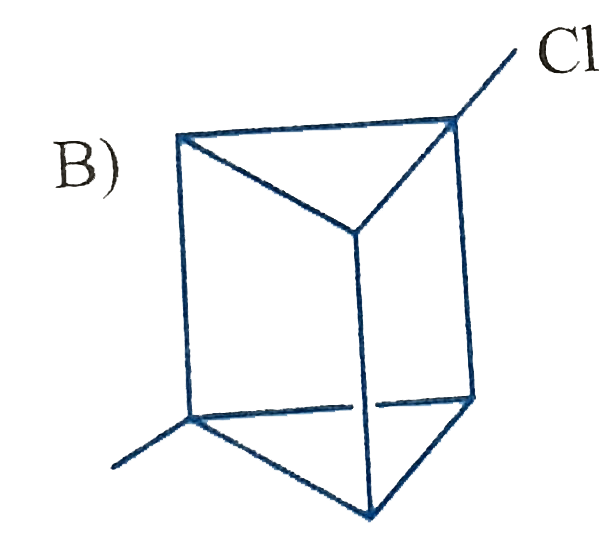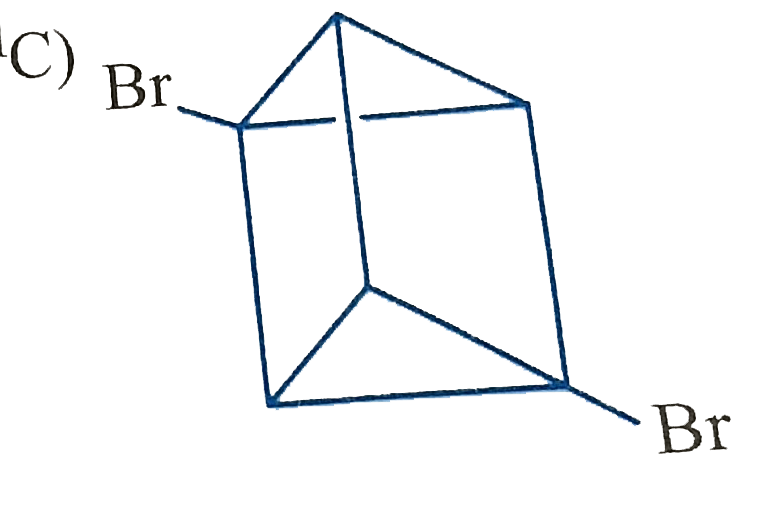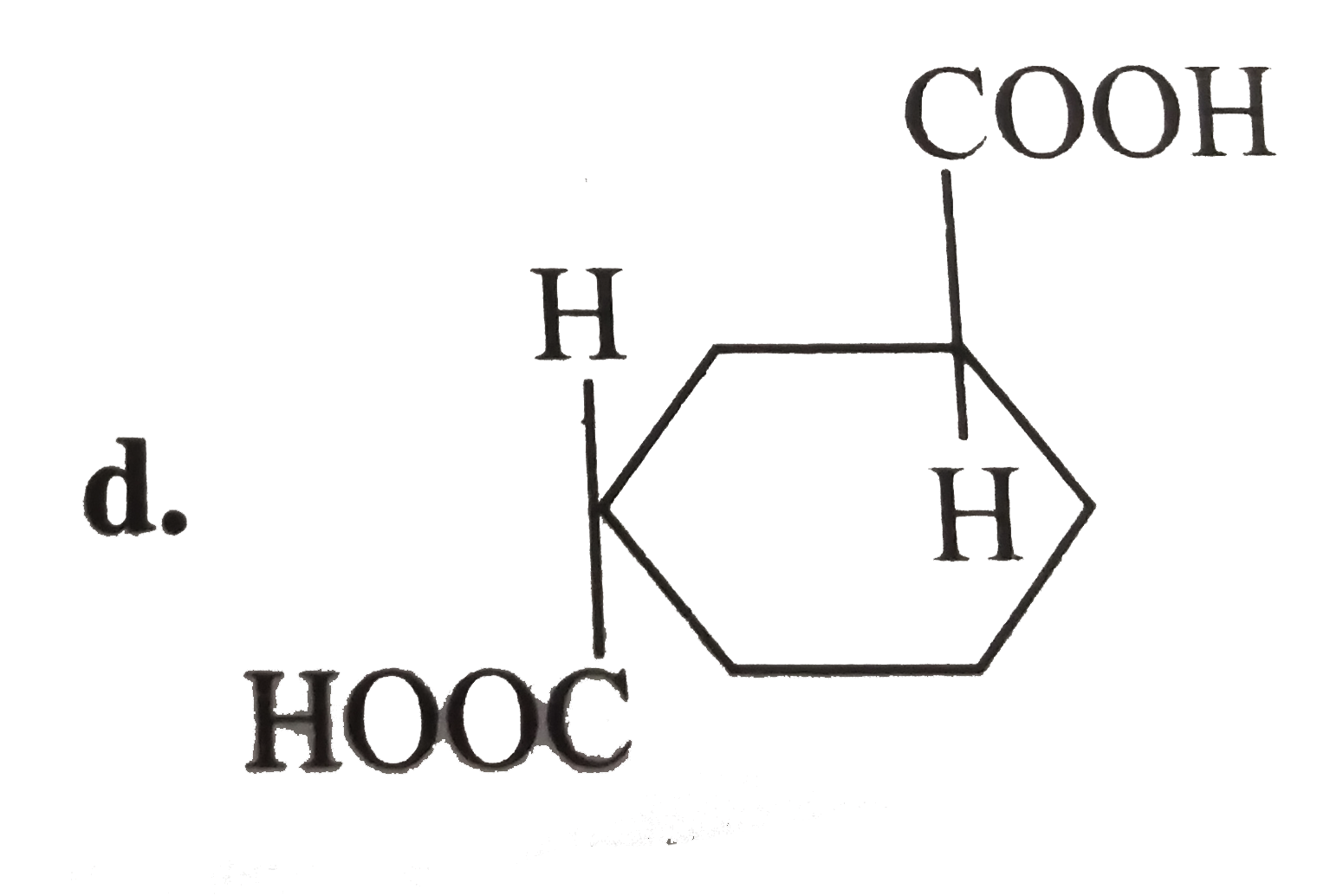Which of the following is not optically active?
(a) [Co(en)3]3+
(b) [Cr(ox)3]3−
(c) cis−[CoCl2(en)2]+
(d) trans−[CoCl2(en)2]+
The correct Answer is:D
To determine which of the given compounds is not optically active, we need to analyze the options based on their molecular geometry and symmetry.
1. Understand Optical Activity:
Optical activity refers to the ability of a compound to rotate plane-polarized light. A compound is optically active if it lacks an internal plane of symmetry and has a chiral center.
2. Identify the Types of Ligands:
- The question mentions different ligands (like MAA3 and oxalato) which are bidentate ligands. Bidentate ligands can form chelate complexes with metal ions.
3. Analyze the Given Options:
- Option A (MAA3): This compound is symmetrical and exists in only one form, which is optically active.
- Option B (Oxalato): Similar to option A, oxalato is also a symmetrical bidentate ligand and is optically active.
- Option C and D: These options represent compounds that can exist in both cis and trans forms.
4. Cis and Trans Isomerism:
- In coordination compounds, cis and trans isomers can exhibit different optical activities.
- The cis form is typically optically active because it lacks symmetry.
- The trans form, however, is usually optically inactive due to its symmetrical arrangement.
5. Conclusion:
- Since options A and B are optically active, and option C has both cis (optically active) and trans (optically inactive) forms, the answer to the question "Which of the following is not optically active?" is the trans form of the compound in option C or D.
Final Answer:
The compound that is not optically active is the trans form of the coordination compound.
Optical activity refers to the ability of a compound to rotate plane-polarized light. A compound is optically active if it lacks an internal plane of symmetry and has a chiral center.
- The question mentions different ligands (like MAA3 and oxalato) which are bidentate ligands. Bidentate ligands can form chelate complexes with metal ions.
- Option A (MAA3): This compound is symmetrical and exists in only one form, which is optically active.
- Option B (Oxalato): Similar to option A, oxalato is also a symmetrical bidentate ligand and is optically active.
- Option C and D: These options represent compounds that can exist in both cis and trans forms.
- In coordination compounds, cis and trans isomers can exhibit different optical activities.
- The cis form is typically optically active because it lacks symmetry.
- The trans form, however, is usually optically inactive due to its symmetrical arrangement.
- Since options A and B are optically active, and option C has both cis (optically active) and trans (optically inactive) forms, the answer to the question "Which of the following is not optically active?" is the trans form of the compound in option C or D.
The compound that is not optically active is the trans form of the coordination compound.
Topper's Solved these Questions
- BOOK - A2ZCHAPTER - COORDINATION COMPOUNDSEXERCISE - Wemer Theory And Vbt42videos
COORDINATION COMPOUNDS
- BOOK - A2ZCHAPTER - COORDINATION COMPOUNDSEXERCISE - Crystal Field Theory (Cft)16videos
COORDINATION COMPOUNDS
- BOOK - A2ZCHAPTER - COORDINATION COMPOUNDSEXERCISE - Structural Isomerism31videos
COORDINATION COMPOUNDS
- BOOK - A2ZCHAPTER - CHEMICAL KINETICSEXERCISE - Section D - Chapter End Test30videos
CHEMICAL KINETICS
- BOOK - A2ZCHAPTER - ELECTROCHEMISTRYEXERCISE - Section D - Chapter End Test30videos
ELECTROCHEMISTRY
Similar Questions
Knowledge Check
- Question 1 - Select One
Which of the following is an optically active compound ?
AButan-1-olBPropan-1-olC2-ChlorobutaneD4-Hydroxyheptane - Question 2 - Select One or More
Which of the following is/are optically active?
A B
B C
C D
D
- Question 3 - Select One
Which of the following is/are optically active?
A B
B C
C D
D
Which of the following is optically active?
View SolutionWhich of the following is optically active.
View SolutionWhich of the following gives an optically active compound when reacted with sodium borohydride NaBH4?
View SolutionWhich of the following is optically active
View SolutionWhich of the following is optically active
View Solution
